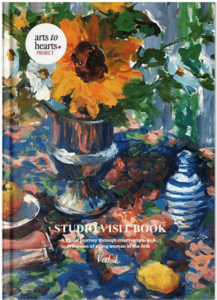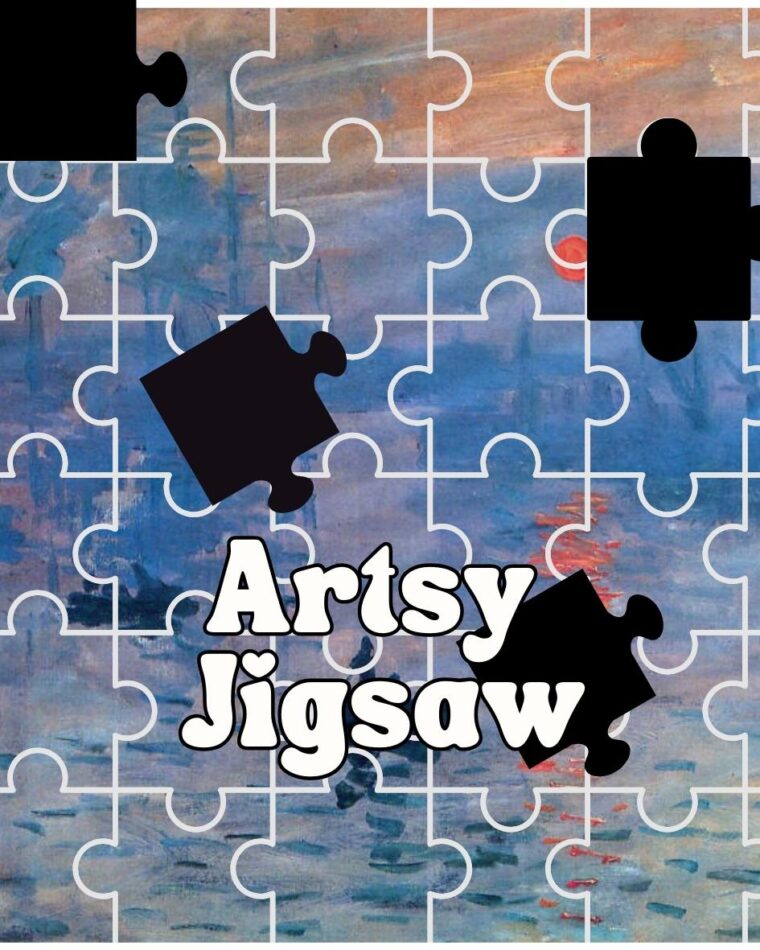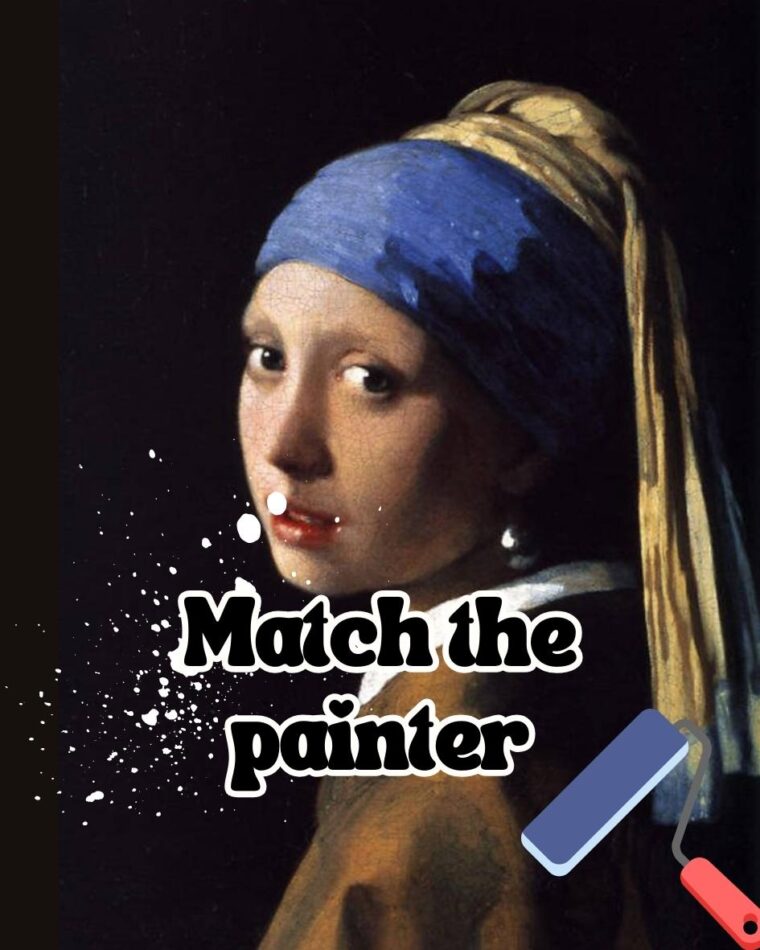Are you an artist looking to boost your presence in an already crowded art world? If yes, then you have come to the right place.
In today’s world of constantly evolving technology and social media, a strong marketing strategy is crucial for artists to gain visibility and recognition for their work. You may have the talent and the creativity, but without a solid plan on how to promote your brand, your work may not reach the audience it deserves.
As there are so many artists vying for attention in the art world, it can be difficult to get noticed. That’s where developing a strong marketing strategy comes into play. Whether you’re just starting out or looking to refresh your existing marketing plan, this article has everything you need to succeed in the competitive world of contemporary art.
So let’s dive in to explore the necessary steps to take as an artist in the digital age to not only survive but thrive in the competitive contemporary art market.
But before that let me tell you,
What is a marketing strategy?
A marketing strategy is a comprehensive plan that outlines how you will promote and sell your artwork. It’s the roadmap that helps guide your marketing efforts toward achieving specific goals, such as increasing your fanbase or boosting art sales.
There are many different types of marketing strategies, including digital advertising, social media campaigns, email newsletters, public relations outreach, and more.
Each type of marketing has its own strengths and weaknesses depending on the artist’s goals.
In order to develop an effective marketing strategy for contemporary artists, it’s important to understand their target audience. Who are they trying to reach with their artwork? What kind of people buys their work? By understanding these demographics better, artists can tailor their messaging accordingly in order to create content that resonates with them.
Marketing strategies should also include measurable goals so artists can track progress over time. For example, setting a goal for a certain number of new followers or sales over a set period of time will help keep them focused on what they need to do in order to achieve those results.
Lastly, a strong marketing strategy always requires flexibility and adaptability since no two artists’ audiences are exactly alike.
The best approach is always evolving based on feedback from customers, fans, and analytics revealing which channels drive conversions rather than sticking solely with one approach indefinitely.
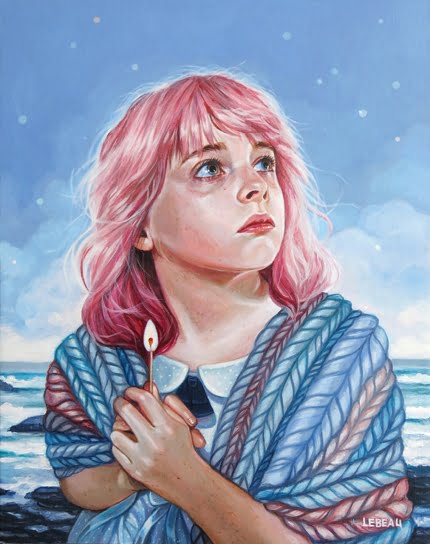
The different types of marketing
Marketing is a vast field with numerous strategies and approaches. For an artist, it’s essential to understand the different types of marketing available to them for promoting their artworks effectively.
1- Social media marketing: One of the most common types of marketing is social media marketing. It involves using various social media platforms such as Instagram, Facebook, Twitter, etc., to engage with potential buyers and showcase your artwork. Social media can help you build a community around your art and create brand awareness.
2- Email marketing: Another type of marketing that artists can use is email marketing. This approach involves sending emails to subscribers about new artwork releases, upcoming events or exhibitions, special promotions, or discounts on purchases made through online galleries.
3- Content marketing: It is also an effective way for artists to promote their work by creating informative content such as blog posts or videos related to their art style or creative process. By sharing valuable information about themselves and their work in this way they can attract more fans who will eventually become customers.
4- Influencer marketing: Artists should also consider influencer marketing which includes collaborating with other artists or influencers that have large followings in order to reach new audiences interested in similar styles of art.
5- Traditional advertising: The methods like print ads or billboards still hold value when used properly within targeted demographics – although these methods are less accessible due costs involved.

How does an artist develop a marketing strategy?
To develop a marketing strategy as an artist, there are several key steps that need to be taken.
Firstly, it’s important to identify your target audience and understand what they want from you as an artist. This will help you tailor your messaging and promotional activities to reach the right people.
Next, consider the different types of marketing available to you. Social media is a great tool for building relationships with fans and promoting your work, while email marketing can be effective for reaching collectors and buyers directly.
As part of your strategy development process, also think about setting clear goals that align with your overall career objectives. These might include growing your fanbase or increasing sales revenue.
Don’t forget that marketing is itself an art form! Experimenting with different approaches can help you find what works best for you and allow you to express yourself creatively in new ways. With time and dedication, developing a strong marketing strategy can help take your artistic career to the next level.

What are the goals of a marketing strategy for an artist?
A marketing strategy for an artist aims to achieve specific goals that contribute to the success of their art career.
Firstly, one of the main objectives is to build a strong brand identity and reputation in the art world. This involves creating a consistent message about your artwork, style, and values across all marketing channels.
Next, increasing sales is another key goal of any effective marketing strategy. Artists need to reach out to potential buyers through various methods such as exhibitions, online galleries, and social media platforms. By targeting the right audience with compelling visuals and messaging that resonates with them, artists can attract more customers and generate revenue from their artworks.
Another important goal is building a fanbase or following among art lovers who value your work. This means engaging with fans on social media or through email newsletters while also providing unique insights into your creative process or behind-the-scenes glimpses into your studio practice.
Measuring the success of a marketing strategy for an artist involves tracking progress towards these goals by analyzing data such as website traffic, sales figures, or engagement rates on social media posts. By evaluating these metrics regularly, artists can identify what works best for them and adjust their strategies accordingly to maximize results over time.
Planning your marketing strategy
Planning your marketing strategy is a crucial step for any contemporary artist looking to succeed in the art world. It involves identifying your target audience, defining your unique selling proposition, and creating a roadmap of tactics and activities that will help you achieve your goals.
The first step in planning your marketing strategy is to understand who your target audience is. This includes demographics such as age, gender, income level, location, and interests or hobbies. Once you have identified who you are trying to reach with your art, you can tailor your messaging and tactics accordingly.
Next, it’s important to define what sets you apart from other artists in the industry. What makes your artwork unique? What message are you trying to convey through it? Understanding these key points will help guide all of your marketing efforts moving forward.
After determining these foundational elements of your marketing strategy, it’s time to create a roadmap for how you will reach and engage with potential customers. This may include social media campaigns, email newsletters, or promotions like discounts on artwork.
Ultimately though every artist’s plan should be tailored specifically towards their work while keeping their desired outcome at the forefront of their minds throughout this process – building an audience that appreciates their creations.

Building a fanbase
Building a loyal fanbase is crucial for contemporary artists looking to establish themselves in the art world. The support of fans can help generate buzz around your artwork, leading to increased exposure and potentially more sales.
One way to build a fanbase is by leveraging social media platforms such as Instagram, Twitter, and Facebook. Share behind-the-scenes glimpses into your creative process or showcase finished pieces with compelling captions that engage viewers. Posting consistently and engaging with followers can help create meaningful connections.
Networking is another effective strategy for building a fanbase. Attend art events, and exhibitions and connect with like-minded individuals who share similar artistic interests. Collaborating with other artists or influencers can also expand your reach.
Offering exclusive content such as limited edition prints or early access to new releases can incentivize potential fans to follow your work closely.
Building a strong email list allows you direct communication with potential customers interested in purchasing your artwork or attending upcoming shows/exhibitions. Offering incentives like discounts on purchases encourages people to sign up while keeping them engaged through regular updates about new projects and events.
Keeping an approachable demeanor helps attract fans organically because it helps develop trust between the artist and their audience over time which ultimately leads towards loyalty amongst the audiences over time.
Increasing sales
One of the primary goals of a marketing strategy for contemporary artists is to increase sales. To achieve this, there are several steps that an artist can take to make their art more appealing and accessible to potential buyers.
Firstly, it’s important for artists to establish themselves as experts in their field by showcasing their artworks on various platforms such as social media or personal websites. This will not only help them gain visibility but also build trust with potential clients.
Secondly, artists should consider offering limited-time promotions or discounts on their artwork. This can incentivize hesitant buyers and encourage them to make a purchase.
Thirdly, collaborating with other artists or businesses within the art world can also help increase sales. By working together, they can cross-promote each other’s work and reach a wider audience.
Providing exceptional customer service is crucial in maintaining positive relationships with clients and ensuring repeat purchases. Artists should strive for clear communication throughout the buying process and be responsive to any concerns or questions from customers.
Increasing sales requires consistent effort and creativity from contemporary artists seeking success within the competitive art market.
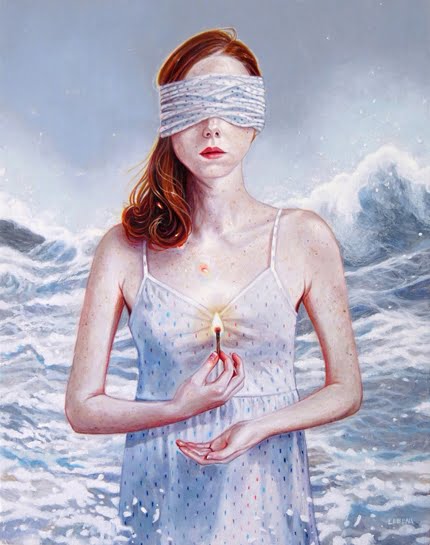
How do you measure the success of a marketing strategy for an artist?
One of the most important aspects of developing a marketing strategy as an artist is measuring its success. However, this can be a daunting task for many artists who are not familiar with marketing analytics and metrics.
One way to measure the success of your marketing strategy is by tracking website traffic using tools like Google Analytics. This will help you see how many people are visiting your website, where they came from, and what pages they are viewing.
Another way to measure success is by monitoring social media engagement. This includes tracking likes, comments, shares, and followers on platforms such as Instagram, Pinterest, or Twitter. By analyzing these metrics over time, you can get a sense of whether your social media efforts are paying off.
Tracking sales is also crucial when it comes to measuring the effectiveness of your marketing strategy. Use tools like e-commerce platform reports or spreadsheets to monitor online sales data and note any spikes in revenue that coincide with specific marketing campaigns.
Ultimately, the key to successfully measuring the impact of your art marketing strategies lies in setting clear goals at the outset and regularly reviewing progress towards those goals through data analysis.
In conclusion, I would just say that Artists must remember that marketing is also an art form. They should approach it creatively and authentically to showcase their unique style and voice. Building a fanbase takes time and effort but can lead to long-term success in the industry.
Measuring the success of a marketing strategy is important for future growth. Artists should track engagement on social media platforms, website traffic, email open rates, and artwork sales data among other metrics.
In conclusion, developing an effective marketing strategy involves knowing your audience while staying true to your artistic vision; it requires continuous assessment, measurement, and optimization.
Implementing these strategies consistently over time will help the artist reach new heights in this ever-competitive art world.
And if you are an artist who wants to learn about how to use Pinterest to grow your art business then you must read our article How to use Pinterest for Art Business: An Ultimate Guide For Artists
That’s all from my side for today and I will see you with another article very soon. Till then keep creating the magic that you do. Take Care and Goodbye!
Image Source:
